WASHINGTON – J. Russell George, the Treasury Inspector General for Tax Administration, today urged all taxpayers to stay alert to ensure that they do not lose their Economic Impact Payments (EIPs), also known as stimulus payments, to thieves and scammers. The Coronavirus Aid, Relief, and Economic Security Act, signed into law on March 27, 2020, authorized the Internal Revenue Service (IRS) to deliver EIPs to approximately 160 million eligible taxpayers.
Many taxpayers have already received their EIP by direct deposit. Others will receive their EIP by a physical U.S. Treasury check delivered to them by the U.S. mail. A number of taxpayers will receive their EIP by a prepaid debit card.
With millions of dollars of payments in various forms issued by the IRS to taxpayers across the country, TIGTA reminds all taxpayers to exercise caution to avoid becoming victimized by thieves and scammers looking to take their EIPs. Here are some DOs and DON'Ts:
DO:
- Contact TIGTA to report any potential fraud or scams involving the IRS on our website at tips.TIGTA.gov. You can also call us at 1-800-366-4484.
- Forward any unsolicited e-mail claiming to be from the IRS to phishing@irs.gov and then delete it.
- Always verify the web address of websites to ensure authenticity and always manually type them into your web browser.
DON'T:
- Use any other website or service that claims to be able to process your EIP or act as an intermediary between you and the IRS.
- Share your personal information with anyone, whether claiming to be from the IRS or some other business or agency offering to assist you with your EIP. Payments will come directly from the U.S. Department of the Treasury.
- Open attachments or click on any links within e-mails from senders you do not recognize.
- Provide your username, password, date of birth, Social Security Number, financial data, or other personal information in response to an e-mail or robocall.
- Accept or deposit any EIP check that someone else offers you other than one received directly from the U.S. Department of the Treasury through the U.S. mail.
After your EIP has been issued, the IRS will mail you a letter confirming the payment. To check on the status of your EIP, please visit www.IRS.gov and click on "Get My Payment," by manually typing "www.IRS.gov" into your web browser.

